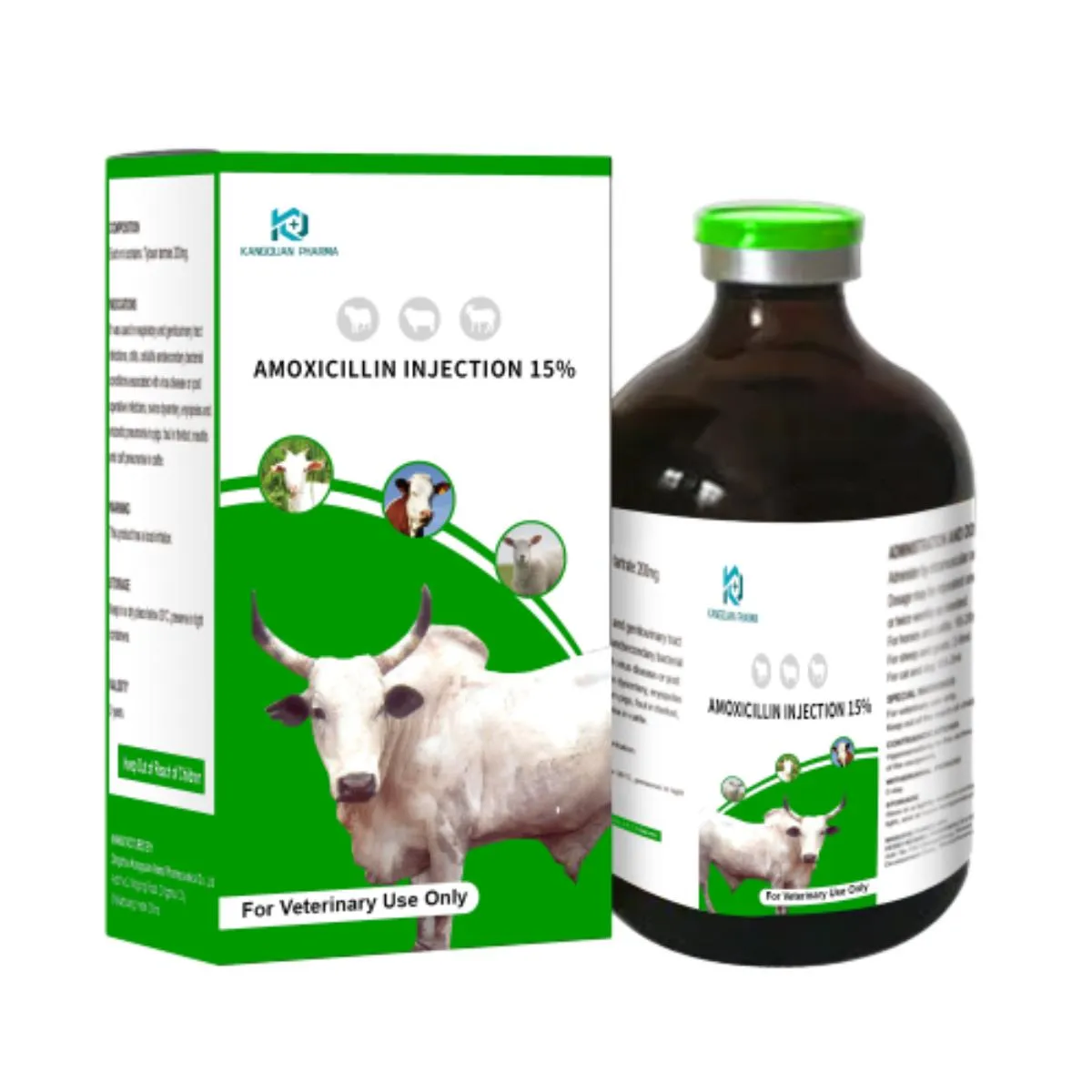- Afrikaans
- Albanian
- Amharic
- Arabic
- Armenian
- Azerbaijani
- Basque
- Belarusian
- Bengali
- Bosnian
- Bulgarian
- Catalan
- Cebuano
- Corsican
- Croatian
- Czech
- Danish
- Dutch
- English
- Esperanto
- Estonian
- Finnish
- French
- Frisian
- Galician
- Georgian
- German
- Greek
- Gujarati
- Haitian Creole
- hausa
- hawaiian
- Hebrew
- Hindi
- Miao
- Hungarian
- Icelandic
- igbo
- Indonesian
- irish
- Italian
- Japanese
- Javanese
- Kannada
- kazakh
- Khmer
- Rwandese
- Korean
- Kurdish
- Kyrgyz
- Lao
- Latin
- Latvian
- Lithuanian
- Luxembourgish
- Macedonian
- Malgashi
- Malay
- Malayalam
- Maltese
- Maori
- Marathi
- Mongolian
- Myanmar
- Nepali
- Norwegian
- Norwegian
- Occitan
- Pashto
- Persian
- Polish
- Portuguese
- Punjabi
- Romanian
- Russian
- Samoan
- Scottish Gaelic
- Serbian
- Sesotho
- Shona
- Sindhi
- Sinhala
- Slovak
- Slovenian
- Somali
- Spanish
- Sundanese
- Swahili
- Swedish
- Tagalog
- Tajik
- Tamil
- Tatar
- Telugu
- Thai
- Turkish
- Turkmen
- Ukrainian
- Urdu
- Uighur
- Uzbek
- Vietnamese
- Welsh
- Bantu
- Yiddish
- Yoruba
- Zulu
11 月 . 02, 2024 02:46 Back to list
marbofloxacin injection
Marbofloxacin Injection An Overview
Marbofloxacin is a broad-spectrum antibiotic belonging to the fluoroquinolone class, widely used in veterinary medicine. It is particularly effective against a variety of gram-positive and gram-negative bacteria, making it a valuable tool for treating infections in animals. As a second-generation fluoroquinolone, marbofloxacin demonstrates enhanced antibacterial activity and a broader spectrum compared to its predecessors, allowing for more effective treatment of certain conditions.
Marbofloxacin Injection An Overview
One of the significant advantages of marbofloxacin is its pharmacokinetic properties. The injection has good tissue penetration and achieves high concentrations in critical tissues, making it suitable for treating systemic infections. Furthermore, the drug has a relatively long half-life, allowing for once-daily dosing in most cases, which simplifies treatment regimens for pet owners and veterinarians alike.
marbofloxacin injection

Marbofloxacin is typically administered via subcutaneous or intravenous injection, depending on the severity of the infection and the specific needs of the animal. Dosing recommendations vary based on the species and the type of infection being treated, so veterinary guidance is crucial in determining the appropriate dosage and duration of treatment.
As with any antibiotic, the use of marbofloxacin must be approached with caution to minimize the risk of developing antibiotic resistance. Veterinarians often perform bacterial culture and sensitivity testing to ensure that marbofloxacin is the appropriate treatment choice for the infection at hand. This practice not only enhances the likelihood of a successful outcome but also helps preserve the effectiveness of this valuable antibiotic for future use.
While marbofloxacin is generally well-tolerated, it may cause side effects in some animals. Potential adverse effects include gastrointestinal upset, neurological signs, and joint-related issues, particularly in young and growing animals. Therefore, monitoring for any signs of distress or allergic reaction during treatment is essential. In cases of severe adverse reactions, treatment should be discontinued, and veterinary advice sought immediately.
In conclusion, marbofloxacin injection is a potent antibiotic option for treating various bacterial infections in small animals. Its effectiveness, ease of use, and favorable pharmacokinetics make it a preferred choice for veterinarians. However, responsible usage and adherence to veterinary guidelines are crucial to ensure its continued efficacy and to combat the growing challenge of antibiotic resistance. Pet owners should always consult with their veterinary professionals regarding treatment options to ensure the best health outcomes for their furry companions.
-
The Power of Radix Isatidis Extract for Your Health and Wellness
NewsOct.29,2024
-
Neomycin Sulfate Soluble Powder: A Versatile Solution for Pet Health
NewsOct.29,2024
-
Lincomycin Hydrochloride Soluble Powder – The Essential Solution
NewsOct.29,2024
-
Garamycin Gentamicin Sulfate for Effective Infection Control
NewsOct.29,2024
-
Doxycycline Hyclate Soluble Powder: Your Antibiotic Needs
NewsOct.29,2024
-
Tilmicosin Premix: The Ultimate Solution for Poultry Health
NewsOct.29,2024













